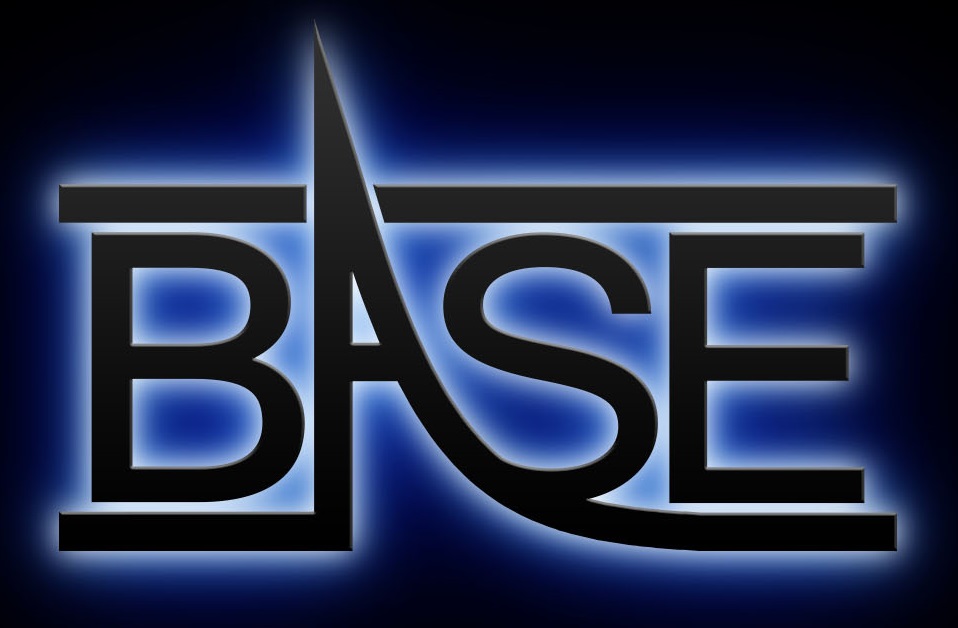We are thrilled and deeply honored that our work on the first non-destructive coherent spectroscopy of a single antiproton spin has been selected as one of the Top 10 Breakthroughs of the Year by Physics World. This recognition highlights a major step forward in precision antimatter physics, achieved through the dedication and creativity of the entire BASE team.
We’re excited to share this milestone with the global scientific community—and even more excited for what comes next.
